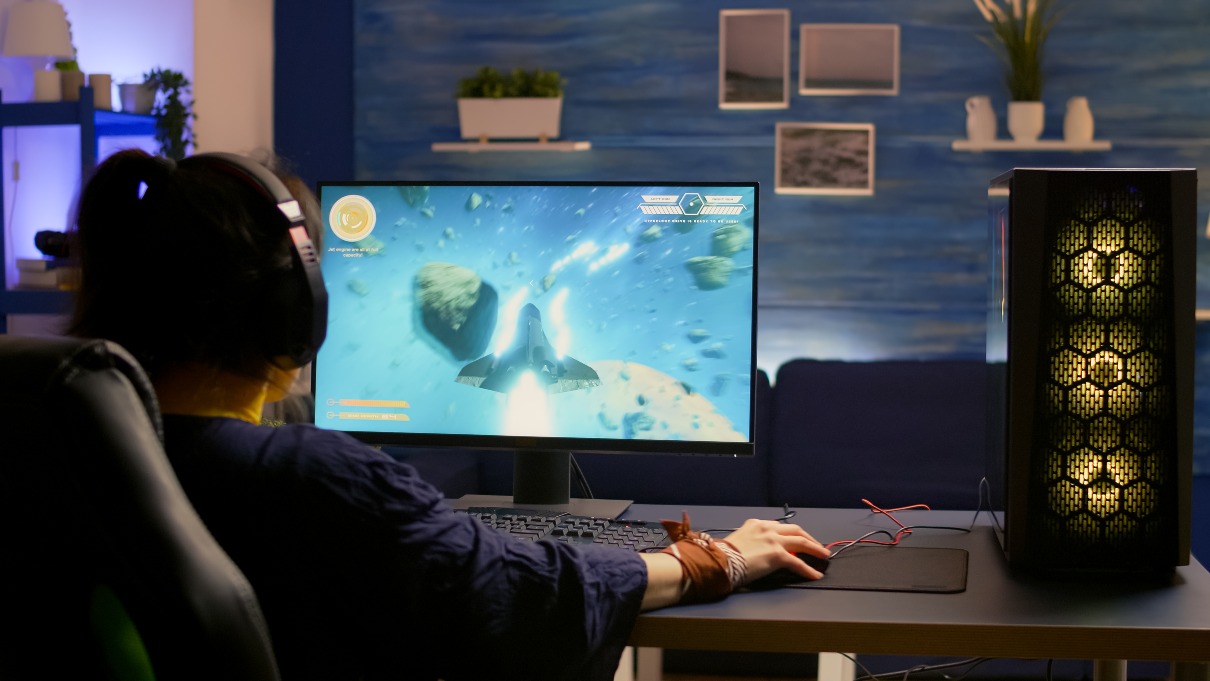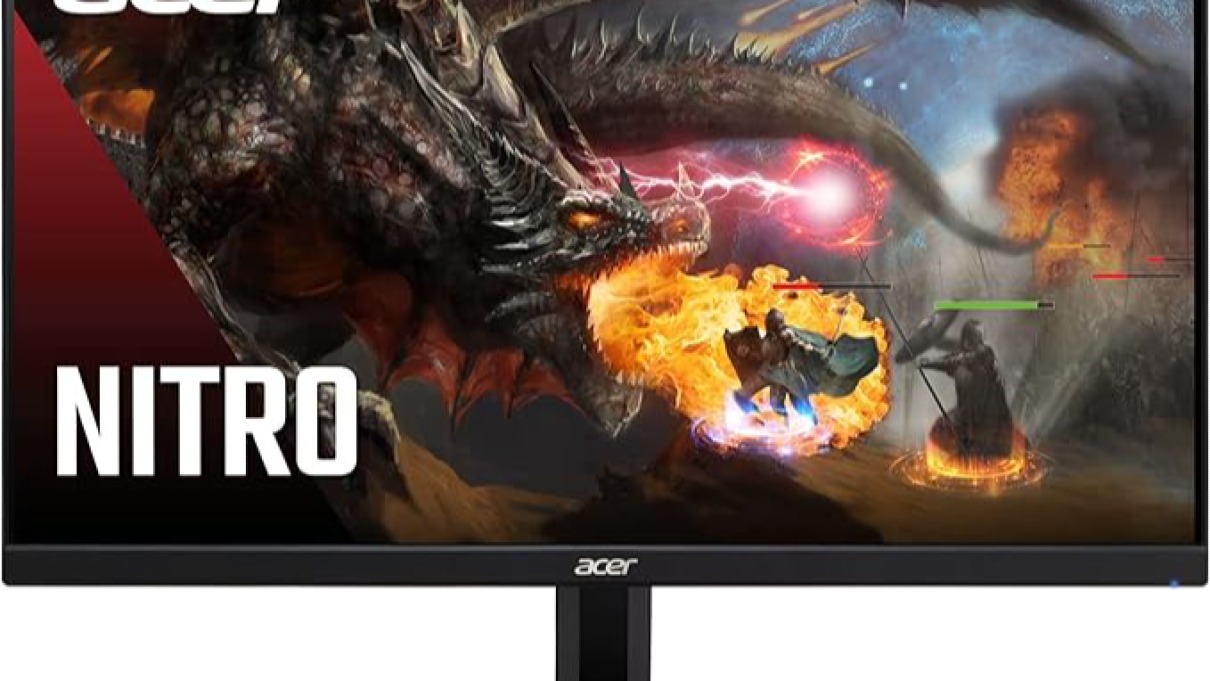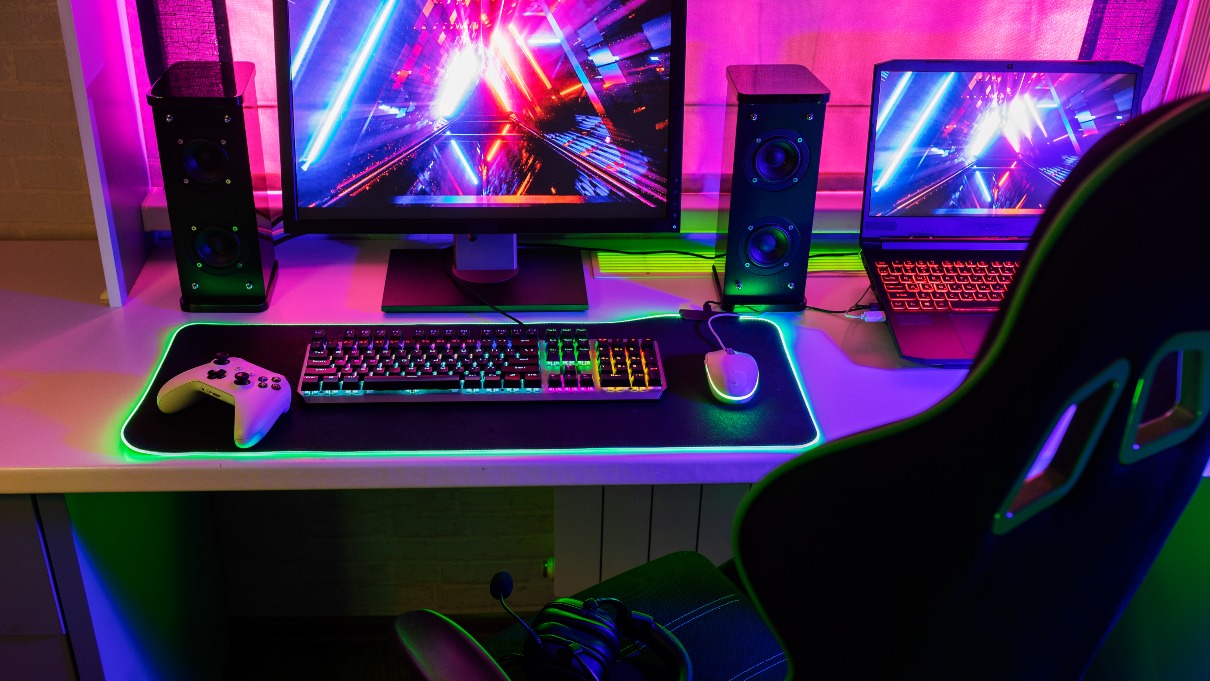Streaming and recording simultaneously with OBS requires an optimized system setup to avoid issues like video cracking or lag. Here's a practical guide based on user experiences and expert advice.
Minimum PC Specs for Smooth Streaming & Recording
If you’re streaming at 1280x720 and recording at the same resolution or higher, these are the essential specs:
- Processor: At least a modern quad-core CPU. Older CPUs like the Core i7 4th Gen may struggle with higher workloads.
- RAM: Minimum 8GB, but upgrading to 16GB improves performance.
- Storage: Replace HDD with an SSD. Use one SSD for the OS and OBS, and another for recording if possible.
Tips for Better Performance
-
Match Recording and Streaming Settings
Using the same resolution and bitrate for both tasks reduces processing strain. For example, stream and record at 1280x720 to minimize CPU load. -
Optimize OBS Settings
- Use the "same as stream" option in recording settings.
- Avoid using Studio Mode unless necessary, as it doubles rendering workloads.
- Turn off unnecessary plugins or effects like chroma-keying unless essential.
-
Upgrade Components
- Replace your HDD with an SSD for faster data handling.
- Consider adding a dedicated GPU to offload encoding from the CPU.
-
System Optimization
- Close unnecessary background apps.
- Disable non-critical startup programs.
- Ensure your system is free from bloatware or malware.
-
Adapt Workflows
If you must use Studio Mode for previewing, try optimizing other areas to reduce system strain, or consider upgrading to hardware that supports these features.
Buying a New Laptop
If your current system is outdated, invest in a laptop with:
- Processor: Intel i5 11th Gen or Ryzen 5 5000 series (or better).
- RAM: 16GB for multitasking and video encoding.
- Storage: SSD with at least 512GB.
- Budget: Refurbished laptops around €600–€800 can be a cost-effective option.
By following these recommendations, you can enhance your streaming and recording experience with OBS, even on a budget.



